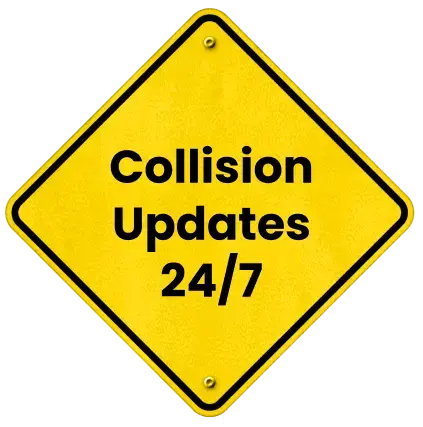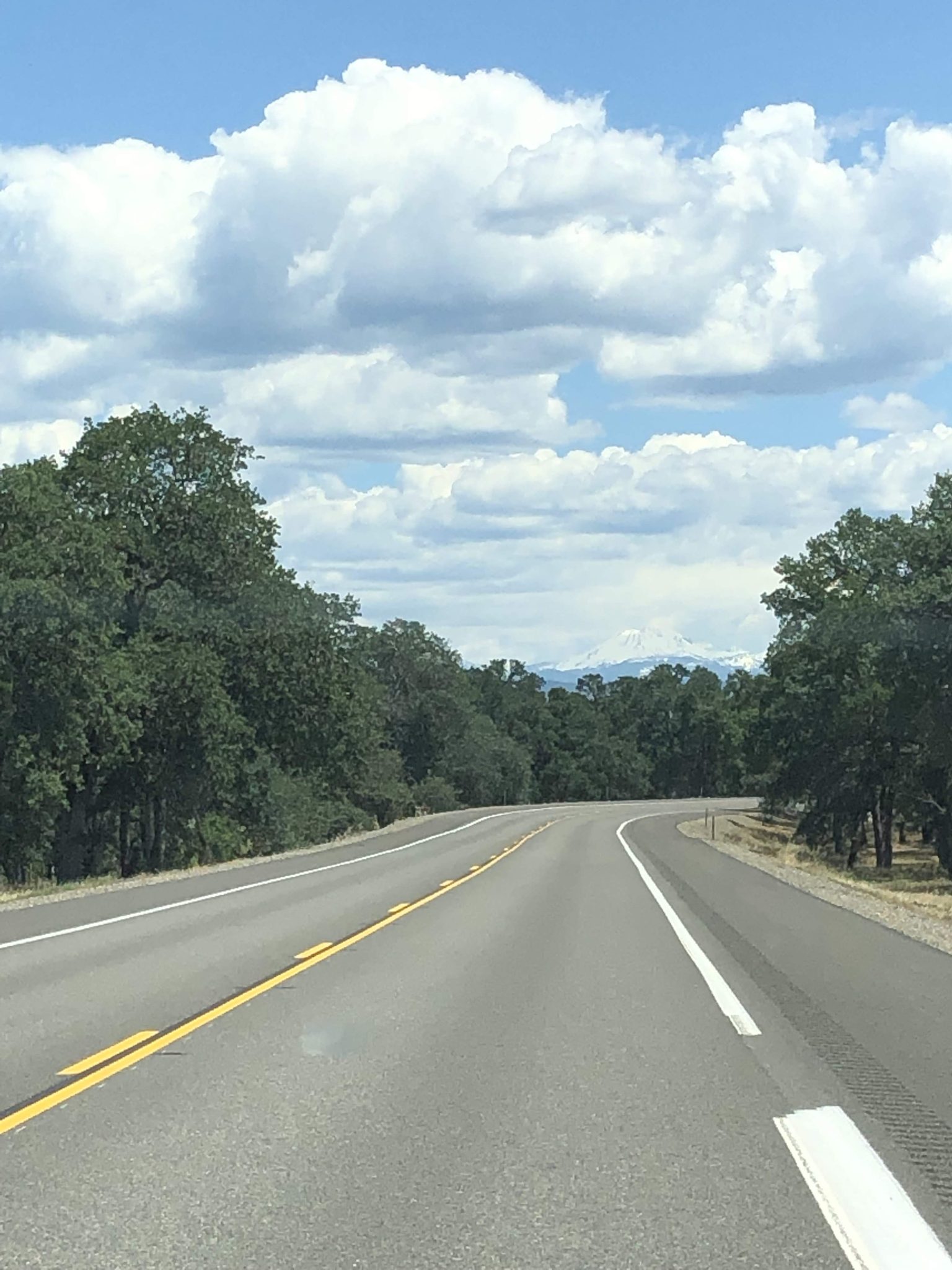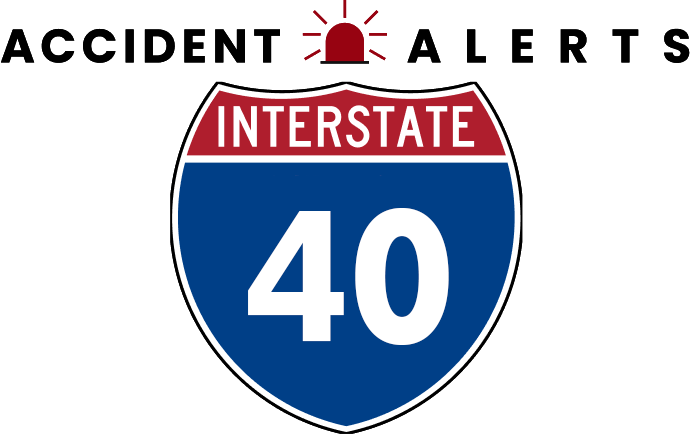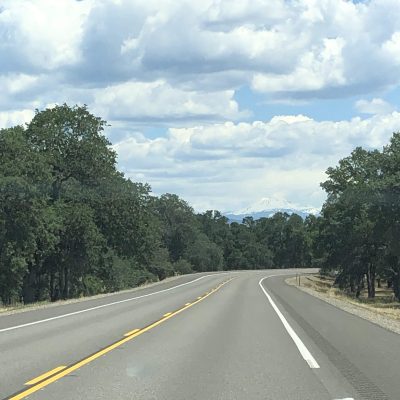
Wildlife Collisions on I-40


Interstate 40 spans nearly 2,500 miles across the country, connecting California to North Carolina. While the highway facilitates commerce and travel, rural stretches of I-40 present unique risks for drivers: wildlife collisions. Deer, elk, wild hogs, and other animals frequently cross the roadway, leading to accidents that can result in serious injuries, vehicle damage, and even fatalities. Understanding where and why these collisions happen, as well as how to respond if they occur, is essential for anyone traveling on I-40.
Common I-40 Wildlife Crash Scenarios
Wildlife collisions on I-40 most often occur during dawn and dusk, when animals are most active. Rural areas with wooded corridors, open fields, and limited fencing are particularly high-risk. Deers are the most frequent animals to cause damage; also, elk and wild hogs can cause significant harm due to their size. Drivers may encounter the following situations:
- Single-animal collisions: A vehicle striking a deer or elk can result in severe front-end damage and potential injury to passengers. Larger animals like elk or wild hogs increase the likelihood of a rollover or multi-vehicle collision.
- Multiple-vehicle pileups: In cases where one car strikes an animal and loses control, other vehicles behind may also collide, leading to chain-reaction crashes. This is especially dangerous on high-speed rural stretches of I-40.
- Swerving accidents: Drivers attempting to avoid animals may swerve into other lanes or off the roadway, causing collisions with other vehicles or roadside obstacles.
Certain stretches of I-40 have earned reputations for higher wildlife crash rates. In North Carolina, near Asheville and the Appalachian Mountains, dense deer and elk populations increase the likelihood of collisions. In Arkansas, the Ozark Mountains and surrounding rural areas see frequent animal crossings, while in western Oklahoma and eastern California, long open stretches encourage high speeds, leaving little time to react to sudden wildlife appearances. Even in areas with frequent wildlife signage, drivers may encounter unexpected animals, making vigilance and speed reduction essential.
Preventing Wildlife Accidents on I-40
While collisions cannot be entirely prevented, drivers can take precautions to reduce risk:
- Slow down in high-risk areas: Deer and elk crossing signs indicate zones with frequent wildlife movement. Reduced speeds give more time to react.
- Use high beams when appropriate: At night, high beams improve visibility and may help spot animals sooner. Be mindful of oncoming traffic.
- Stay alert during peak hours: Dawn and dusk are when animals are most active. Extra caution during these times can prevent collisions.
- Avoid distractions: Focused attention on the road increases reaction time to unexpected wildlife crossings.
- Travel in groups with caution: When multiple vehicles are traveling together, maintain safe following distances to reduce the risk of secondary collisions if one driver encounters wildlife.
State-specific precautions may also apply. In North Carolina, fog and steep grades in the Appalachian Mountains can limit visibility, while in Arizona and New Mexico, sudden desert storms may obscure wildlife on the road.
Understanding local wildlife patterns, road conditions, and seasonal behaviors can further enhance safety along I-40. Drivers should also anticipate animal movement during mating seasons or periods of migration, which can increase activity near the roadway.
Responding After a Wildlife Collision
If you strike an animal on I-40, your priority should always be safety. Begin by checking for injuries, both for yourself and your passengers, as well as for anyone else involved in the incident. If someone is hurt, call emergency services immediately to ensure medical assistance arrives as quickly as possible.
When it is safe to do so, move your vehicle to the shoulder of the road to reduce the risk of secondary collisions. Turning on your hazard lights is an important step to alert approaching drivers of the situation and prevent further accidents.
It is also essential to avoid direct contact with any injured wildlife. Animals in distress can be unpredictable and potentially dangerous. Instead of attempting to move them yourself, wait for law enforcement or wildlife officials, who are trained to handle removal safely.
Finally, take the time to gather information about the incident, such as the exact location, the time it occurred, and any other vehicles that may have been involved. This documentation can prove valuable when filing insurance claims or addressing liability concerns. Prompt action not only helps prevent additional accidents but also ensures that injured passengers and other drivers receive the care they need. For families traveling with children or elderly passengers, staying calm and following these steps is especially important to maintain safety and peace of mind.
Insurance Coverage and Considerations
After a wildlife collision, understanding insurance coverage is crucial. Comprehensive auto insurance generally covers damages from animal impacts, including vehicle repair or replacement. However, liability coverage may not apply if other drivers are involved in secondary collisions caused by swerving.
Drivers should report the accident promptly by notifying their insurance company as soon as possible and providing details about the crash, photos of the damage, and any witness information. It is also important to document the scene by taking photos of the vehicle, road conditions, and the animal if it can be done safely. This documentation supports insurance claims and can be valuable if liability questions arise.
Keeping medical records is another important step, as injuries may not appear immediately after a collision. By recording any medical visits, drivers can ensure proper coverage for treatment related to the accident.
State law can also affect reporting requirements. In some states, drivers must notify local wildlife authorities or the highway patrol if a large animal is struck. Reporting not only ensures that the animal is removed safely to prevent additional accidents but also provides an official record. Insurance adjusters often rely on these reports to determine coverage and potential liability, making prompt reporting critical for a smooth claims process.
Seeking Support After an I-40 Wildlife Crash
Even minor collisions can cause stress, vehicle damage, and potential injuries. Victims of wildlife accidents on I-40 may benefit from professional guidance to navigate insurance claims and secure fair compensation. An experienced I-40 accident attorney can clarify liability, preserve evidence, and manage the aftermath efficiently.
Legal support ensures drivers are not left handling medical, financial, and insurance concerns alone. Attorneys can assist with documentation, communicate with insurance providers, and resolve liability issues if other vehicles were involved. This guidance allows victims to focus on recovery rather than complex claims or procedures.
Travelers facing unexpected challenges after a wildlife collision, such as repairs or medical treatment, can rely on a knowledgeable accident lawyer for support. Our team offers free consultations to help you understand your options, pursue compensation, and move forward with peace of mind.

